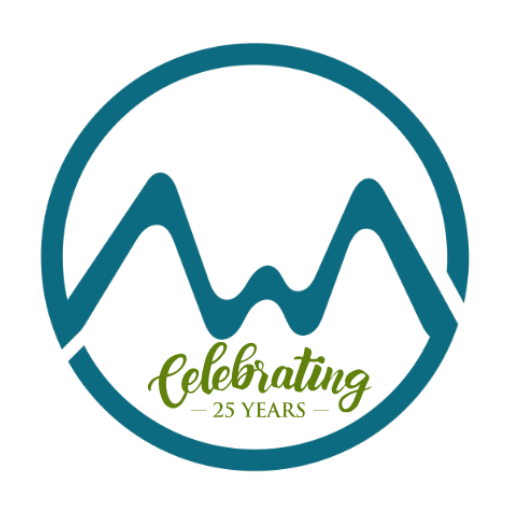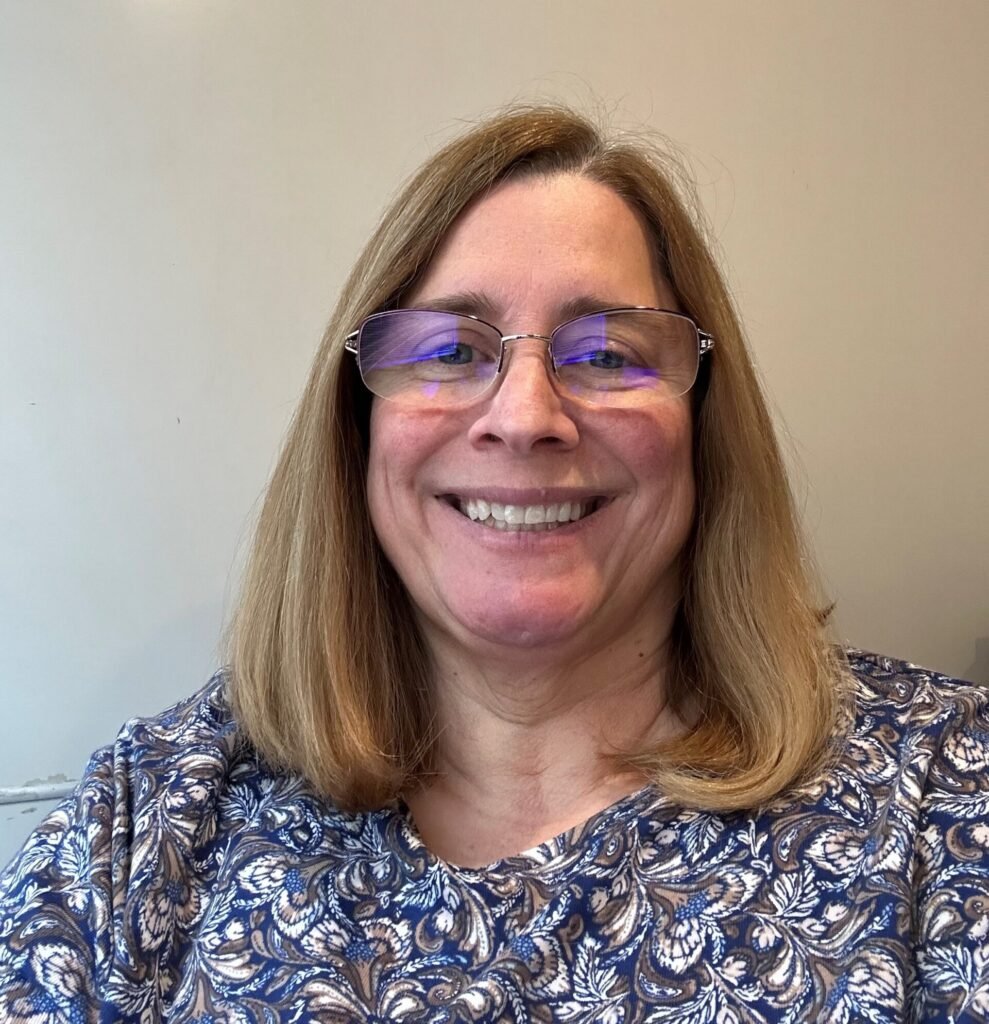What is your name, and what do you do?
My name is Carole Howard, and I am the North Central Step Up for Women Construction Training Coordinator for West Virginia Women Work.
What were you doing before you joined West Virginia Women Work?
I was a graphic designer at City Neon Incorporated.
Most people think graphic design work is confined to creating something on a computer, but your role also integrated the trades. Can you tell me more about that?
I was working in sign production, and the process starts with preparing a design as well as a quote for the customer. Next, materials are ordered and set up for production using printers and vinyl cutters, so there is a lot of machinery, tools, and measuring involved. It also requires knowledge of building materials and how to safely attach signs to structures. So this role incorporates both construction and manufacturing.
I did a lot of installation work in my early years of sign making, especially installing large wall murals, and that type of work falls under the paper laborers. Also, some major sign projects need clearance from engineers. Municipalities have building codes that apply to signs as they are essentially large structures and can hurt people if they’re not installed correctly. For that reason, the work requires permits, and most of the time a larger sign structure will even require engineered drawings to make sure everything will meet wind, load, and weight safety standards. There’s a lot of paperwork required for big signs—like the ones that are 200 feet tall and visible from the Interstate as well as monument signs or pylon signs.
How would someone prepare for a career in sign-making? Are there degree programs for this niche in graphic design?
Most of the time you’re trained on the job once you are hired by a sign company. You can pursue a graphic design degree to prepare for the role, but typically, the company will teach you how to put the signs together. Eventually, you’ll learn to operate the printers and other equipment like laminators. You can also move up to fabrication work which involves some welding, or you may become a production manager who oversees the entire cycle of production, which is what I was doing when I left my last job. It’s creative, technical, and trades work all in one job.
Now, you’re with WV Women Work and will lead their Step Up for Women construction class this spring. How do you feel about this new phase in your professional journey?
Yes, I’ve taken on a new challenge by teaching Step Up classes. I do have a teaching degree, and I did teach for a couple of years and did other things like tutoring. So, I’m excited to revisit that part of my education and integrate all the experiences I’ve had since earning my degree thirty years ago. All those experiences have led me to this Training Coordinator position, and I’m happy to be here.
What about West Virginia Women Work’s mission most inspires you?
I was most attracted to West Virginia Women Work because they help women who want to work for a better future. We can empower them with the skills they need to achieve that, and we make sure to support them along the way. In fact, the support doesn’t stop after our students graduate. We are there to help them as they move forward through life to ensure they have what they need to continue to succeed.
Interview conducted, transcribed, and written by Marlynda Arnett, Program Innovation Leader for West Virginia Women Work.

